Like a smell can ingnite a memory, when we learn we usually relate it to something we’ve experienced so it sticks.

Knowledge is what we call a collection of facts we have gathered from our enviornment, the world and through solving problems. This knowledge is usually stored in our long term memories.
Every day common sense knowledge is limited and is learned through context.
When we are learning new things, we can better retain that information when we link it to something we can relate it to. When we do this, we are re-activating the prior knowledge and then this allows us to absorb the new information.
The way we tend to learn begins with the simpler facts, then we add ontop of those facts….
Totally makes sense doesn’t it? But many of us tend to forget this. As teachers or knowledge sharers, we know that to begin sharing our knowledge we need to start simple. Introducing topics to any newcomer, we simplify our description, which helps them better understand that topic. As we progress we futher develop that data and add in further mountable knowledge and skills.
POINTERS TO SET UP THE BEST LEARNING ENVIORNMENT
Who is teaching, sharing, or guiding?
Think back to your favourite subject you learnt at school. Now think about who taught that subject… I know I loved math and the reason I loved it was because of my Grade 5 teacher. He was fun and made the topic interesting for me. Yes I loved problem sovling, but the way he taught me to love math was based on his approach to the subject itself.
If we can help our audience our students relate to the topic we are teaching them, its certainly easier for them to take interest and retain that knowledge we are passing on. So how do we help them relate? Well the number one way we can do this is by being more human, and meaningfully relate to your audience. When they relate to you, they open up to you and are more prepared to listen. Thats the first step.
How do we transmit that information to our audience?
Looking at what we are delivering to our audience, and how are we delivering it. When you’re creating an online knowledge business, you will become the teacher, the instructor, and you yourself need to understand the basics of how we learn. Yes we understand the basics of teaching through stages, we understand that it’s best to drip feed our courses, so we pace our students.
One thing I need to share with you though is the importance of “peer feedback” and community engagement.
Whatever you plan on delivering in your knowledge business, be sure to include some form of community engagement, through chat, webinars, online group posting. With this you will open up the thought process of your audience who will in turn become students. They won’t just be watching and listening, they will be part of the process and as the lessons evolve they too will evolve.
How will your audience, your students, your participants DIGEST your information?
Depending on your industry, depending on the learning level of your student, how they learn will differ. When planning out your program or even membership where you may have a library of data that they access, you will still need to think about the flow and organisation of that data.
I venture more into this in my courses on Passion to Profession, but here I at least want to plant that seed so you do take time to think about the learner. They are the one who will be paying for your knowledge. Whilst you may have the best knowledge in the world, you need to think about how you are going to deliver it so they can digest it.

It never has to be hard to do. , See you next time!


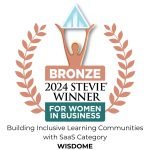
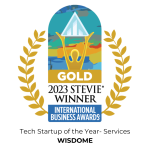
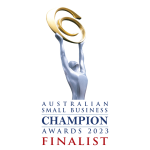
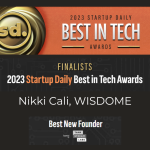
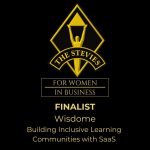

I think the concept of drip feeding and pacing students is so important. There’s nothing more discouraging for a learner than being bombarded with a plethora of new concepts that seem overwhelming.